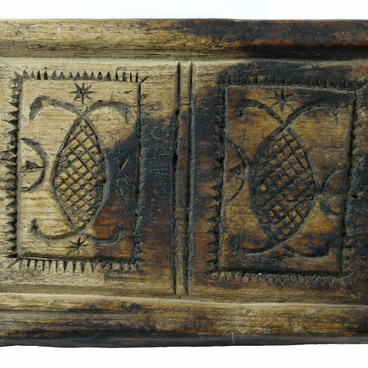The teddy bear was one of the most popular children’s toys of the last century. The first bears appeared simultaneously in the USA and Germany around 1902. American bears were named Teddy after the 26th President of the United States, Theodore Roosevelt. In 1902, Roosevelt’s hunting team herded a wounded bear, tied it to a tree, and invited the president to shoot the prey personally. However, Roosevelt refused, saying that it would be an unfair fight, but still ordered to kill the bear so that he would not suffer. The story made it to the pages of newspapers and cartoons. Over time, the details were forgotten, and only a legend remained about how the president spared the bear cub.
One of these newspaper articles was read by the wife of the owner of a toy store, Morris Michtom, an emigrant from Russia. She sewed a teddy bear, which Michtom installed in a shop window and named Teddy bear. Buyers liked the new toy so much that Michtom got the permission of President Roosevelt and founded a firm to manufacture teddy bears. However, he did not patent his product, and soon Teddy bears began to be produced throughout America.
Margarete Steiff made the first teddy bear in Germany. She was confined to a wheelchair and made a living making toys. Soon, bears became popular throughout the city, and her family managed to open their own business. And in 1902, Margaret’s nephew invented a teddy bear with movable body parts.
In Russia, toy bears were first made of wood, and then they began to sew, stuffing them with sawdust. Such bears were hand-made for sale, for example, in the Intercession Monastery, from where they were taken to the fair in Sergiyev Posad.
The first mass batch of toy bears in Russia was released in 1908. Twelve toys for the orphanage were manufactured by the state order. They took the American Teddy bears as a basis. After the revolution, little attention was paid to the production of toys: as before, only handicraft artels were engaged in this.
The teddy bear familiar to us appeared only in the 1950s. The new version of the toy was stuffed with cotton wool, shavings, or sawdust, and a “squeaker” was inserted inside. Such a bear made sounds if it was tilted in different directions. At first, toys were sewn according to the same patterns, and then bears appeared — characters from fairy tales or cartoons, for example, Winnie the Pooh or Umka. After the 1980 Olympics held in the USSR, they began to produce teddy Olympic bears with five rings on their belts.
One of these newspaper articles was read by the wife of the owner of a toy store, Morris Michtom, an emigrant from Russia. She sewed a teddy bear, which Michtom installed in a shop window and named Teddy bear. Buyers liked the new toy so much that Michtom got the permission of President Roosevelt and founded a firm to manufacture teddy bears. However, he did not patent his product, and soon Teddy bears began to be produced throughout America.
Margarete Steiff made the first teddy bear in Germany. She was confined to a wheelchair and made a living making toys. Soon, bears became popular throughout the city, and her family managed to open their own business. And in 1902, Margaret’s nephew invented a teddy bear with movable body parts.
In Russia, toy bears were first made of wood, and then they began to sew, stuffing them with sawdust. Such bears were hand-made for sale, for example, in the Intercession Monastery, from where they were taken to the fair in Sergiyev Posad.
The first mass batch of toy bears in Russia was released in 1908. Twelve toys for the orphanage were manufactured by the state order. They took the American Teddy bears as a basis. After the revolution, little attention was paid to the production of toys: as before, only handicraft artels were engaged in this.
The teddy bear familiar to us appeared only in the 1950s. The new version of the toy was stuffed with cotton wool, shavings, or sawdust, and a “squeaker” was inserted inside. Such a bear made sounds if it was tilted in different directions. At first, toys were sewn according to the same patterns, and then bears appeared — characters from fairy tales or cartoons, for example, Winnie the Pooh or Umka. After the 1980 Olympics held in the USSR, they began to produce teddy Olympic bears with five rings on their belts.



